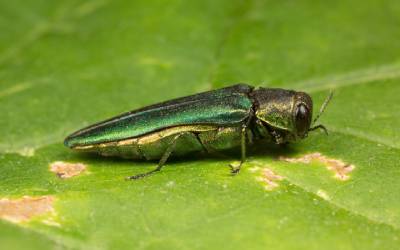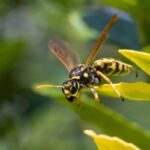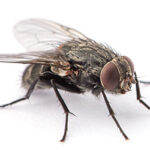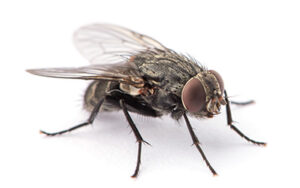
Vermont’s picturesque landscapes, lush forests, and tranquil water bodies make it a natural paradise. However, this idyllic setting is attractive to invasive pests, too. While some invasive species like the spotted lanternfly have gained significant attention, there are other pests that you may not realize are invasive that also pose serious risks to Vermont’s delicate ecosystems and agricultural industries.
In this blog post, we will shed light on five invasive pests that many people might not realize are causing havoc in the Green Mountain State.
Five Invasive Pests to Watch for in Vermont
- Asian Longhorned Beetle: This wood-boring beetle native to Asia has become a menace to trees in the northeastern United States including maple, birch, and poplar. The larvae of these beetles tunnel into the trees, disrupting nutrient flow and weakening the tree’s structure. If left unchecked, they can cause extensive damage, leading to deforestation and losses for the timber industry. Although they are not established yet in Vermont, they are rampant in Massachusetts.
- Emerald Ash Borer: The emerald ash borer has relentlessly attacked ash trees all over the country, including in Vermont. These metallic-green beetles lay their eggs in tree bark, and their larvae bore into the wood, killing the tree. The loss of ash trees from ecosystems has cascading effects on wildlife and water quality.
- Brown Marmorated Stink Bug: This invasive insect has quickly become a nuisance for homeowners and farmers alike. The stink bug feeds on a wide range of crops, including apples, peppers, and tomatoes, causing significant agricultural losses.
- Brown Garden Snail: Originally from the Mediterranean region, the Brown Garden Snail is an invasive species that has found its way to Vermont. These snails consume a wide variety of plants, making them a significant threat to gardens, crops, and natural vegetation. They are especially problematic for agricultural fields, where they can cause extensive damage to young crops and delicate plants.
- Asian Tiger Mosquito: In most parts of the United States, the Asian tiger mosquito has taken over, outcompeting other species to become the dominant species. Amazingly, they only came into the country in the 1980s, meaning it’s been a quick takeover. Unfortunately, this tropical species has been spotted recently in Vermont for the first time.
Invasive Pests in Vermont are an Increasing Threat
Invasive pests are a serious concern for Vermont’s environment, economy, and overall biodiversity. While some invasive species receive more attention, the five pests mentioned above quietly infiltrate and disrupt the state’s delicate ecosystems. Combating invasive species requires a collective effort from government agencies, conservation organizations, and the public.
You can do your part in reducing the threat from invasive species by calling a professional exterminator if you notice invasive pests. Keep up to date with invasive pest news in our area by following our blog.
We Know Vermont Invasive Pests Better Than Anyone
At Vermont Pest Control, we’ve been providing top-notch pest control to Vermonters since 1991. That means we know how to deal the pests that are native to here, and we’re constantly keeping up to date on the latest updates about invasive pests that are coming to our region.
If you see invasive pests on your property, give us a call today!
Five Invasive Pests to Watch for in Vermont in Vermont
Serving Vermont since 1991





